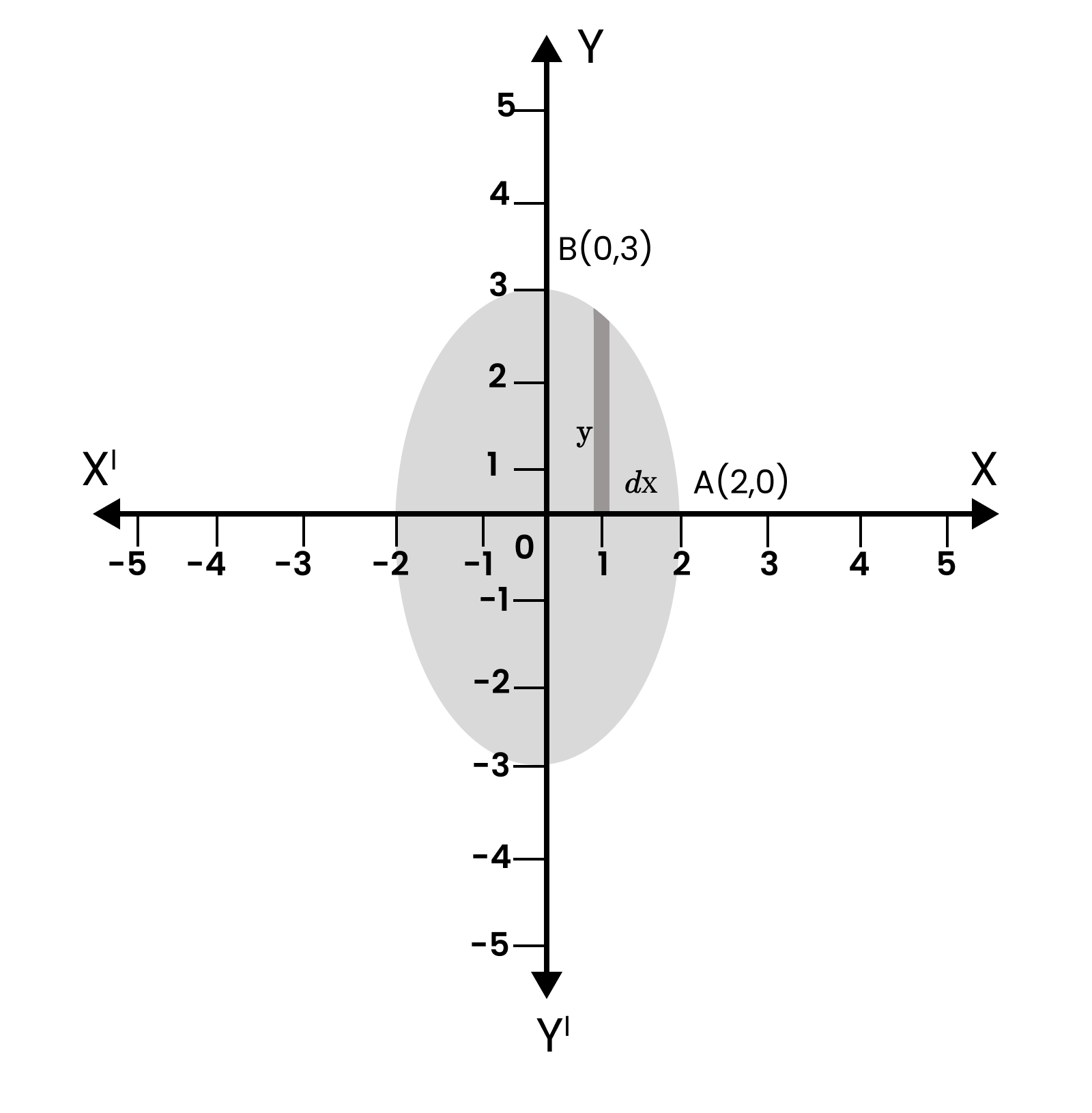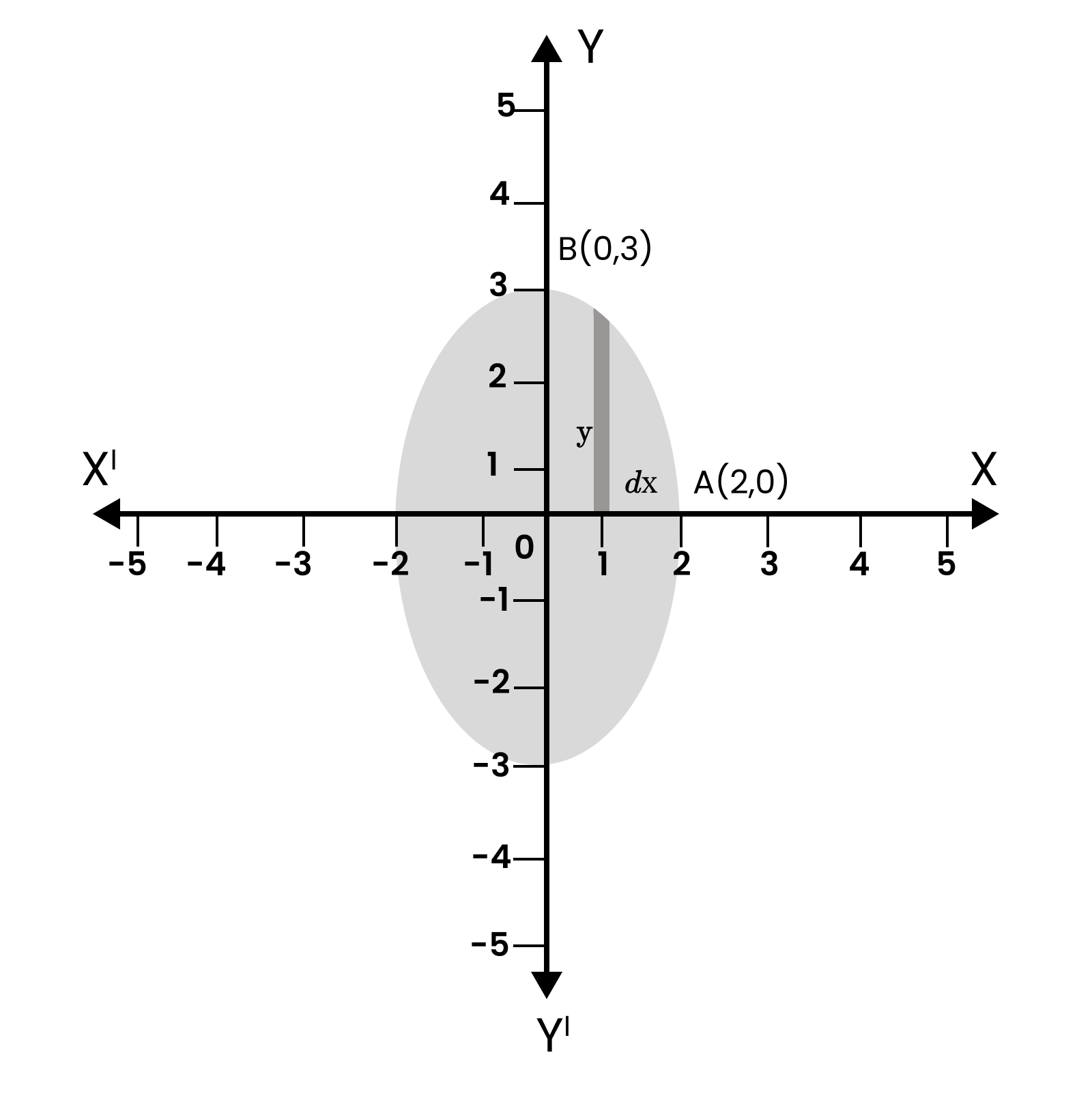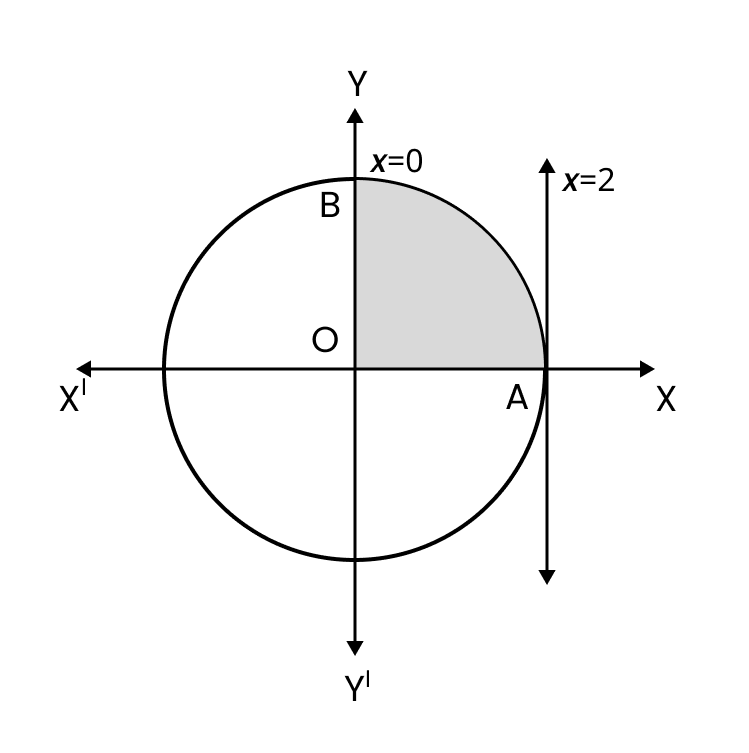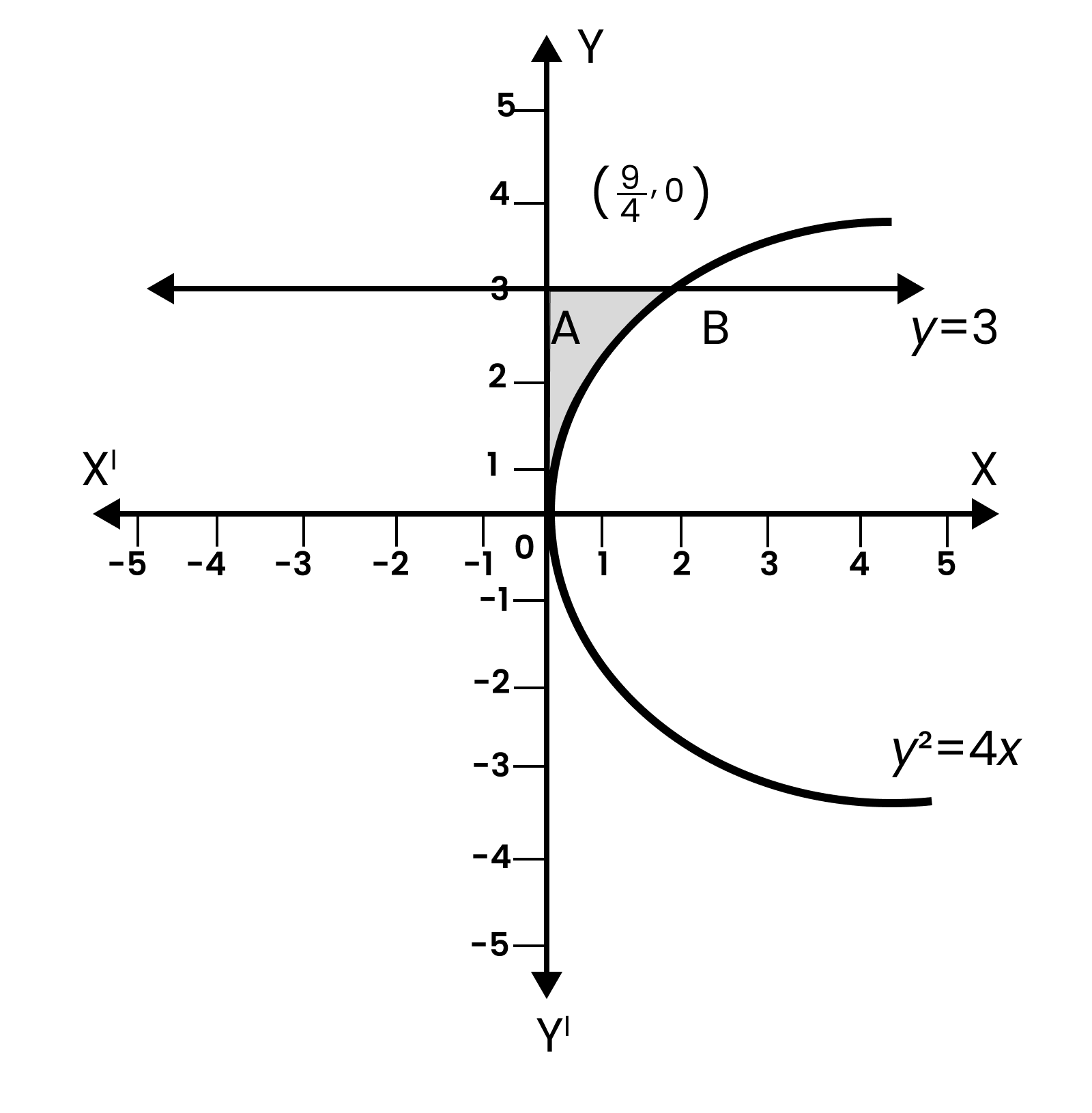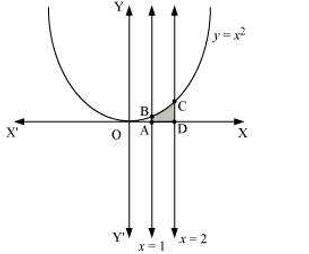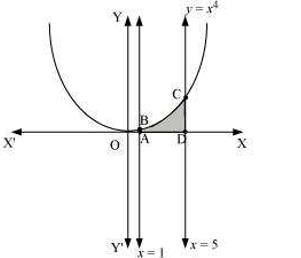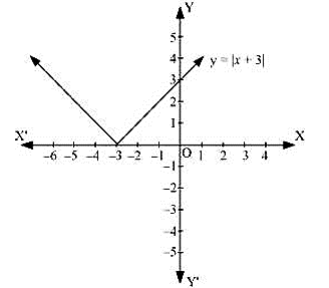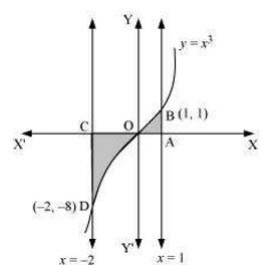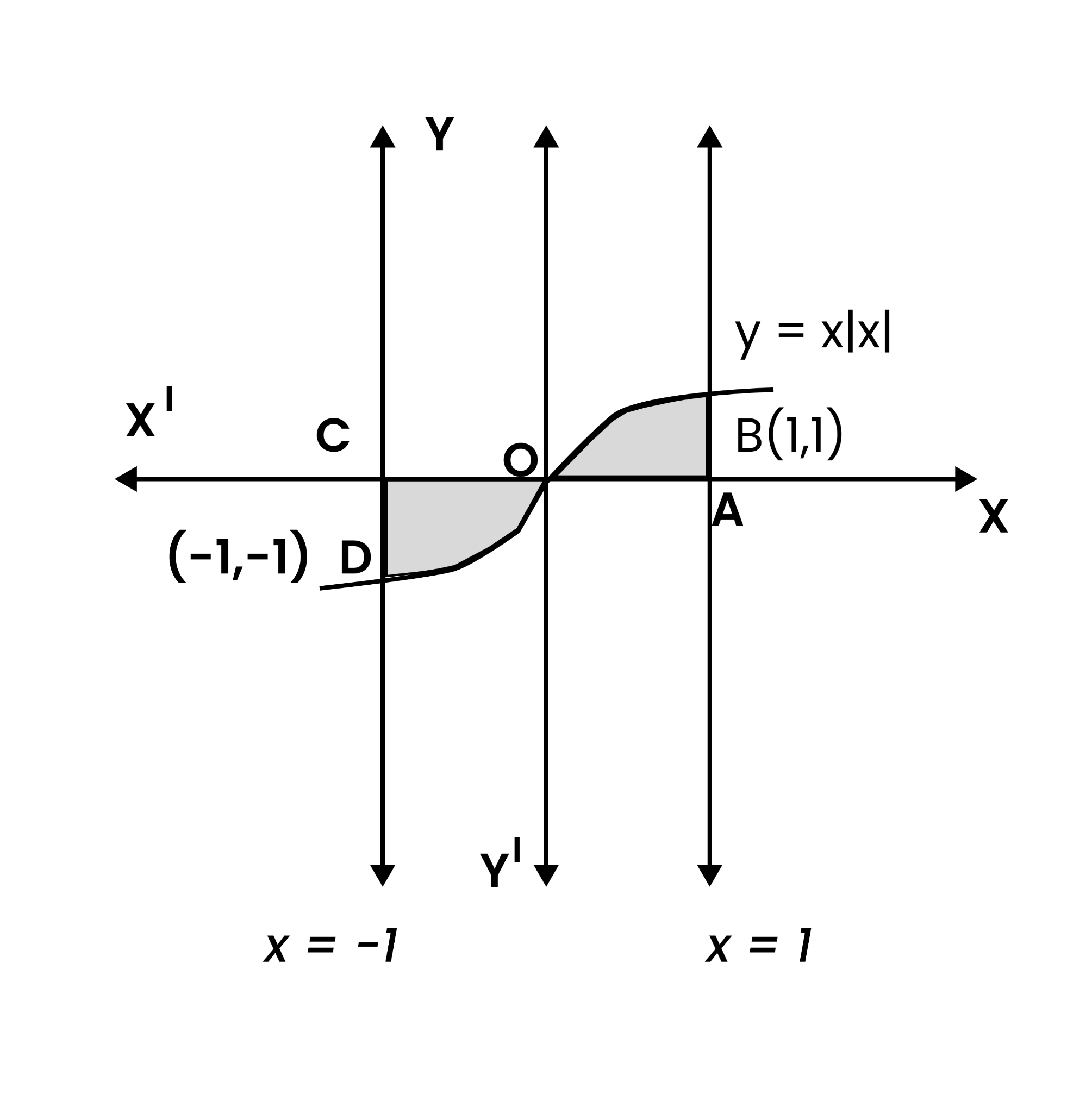NCERT Solutions for Maths Chapter 8 Application of Integrals Class 12 - FREE PDF Download



FAQs on NCERT Solutions for Class 12 Maths Chapter 8 Application of Integrals
1. Which are the important questions in the application of integrals?
Finding the area enclosed by a single curve (y = f(x)) and the x or y-axis within a specific interval.
Integrals Class 12 NCERT Solutions PDF Download is available for students.
2. What is the application of integral in real life?
Class 12 Maths Integration NCERT Solutions have a surprising number of real-world applications! Here are some of the common ones:
Shape Design and Construction
Calculating Work Done
Fluid Mechanics:
Motion and Kinematics
Economics and Business
3. What is the objective of the application of integrals?
Calculate Areas and Volumes
Find Work Done by Variable Forces
Analyze Motion and Change
Model and Analyze Rates of Change
4. How many exercises are in the application of integrals?
The exact number of exercises in applications of integrals class 12 (Chapter 8) can vary depending on the specific textbook or curriculum you're following. There isn't a universally fixed number. But in the NCERT Text Book, there is one exercise and a miscellaneous exercise, both exercises cover the topic - Area under a simple curve.
Exercise 8.1: Consists of 4 questions
Miscellaneous Exercise
5. What are the three types of integrals?
There are more than three fundamental types of integrals, but here's a breakdown of two commonly encountered categories in introductory calculus:
Definite Integrals: These integrals represent the definite accumulation of a quantity over a specific interval. They are denoted by a lower and upper bound with an integral sign: ∫ mobilya f(x) dx (where a and b are the bounds and f(x) is the integrand). Definite integrals are used to calculate areas, volumes, work done by a force, and other quantities that have a clear starting and ending point.
Indefinite Integrals: These integrals represent the general antiderivative of a function. They are denoted without bounds and result in a family of functions that differ by a constant (C): ∫ f(x) dx = F(x) + C (where F(x) is the antiderivative). Indefinite integrals are useful for finding functions whose derivative is a known function and are often used as intermediate steps when solving definite integral problems.
Here are some additional types of integrals you might encounter in more advanced calculus:
Improper Integrals: These are definite integrals where the integrand approaches positive or negative infinity, or oscillates infinitely, at one or both bounds. Special techniques are needed to evaluate them and determine if they converge to a finite value.
Multiple Integrals: These integrals extend the concept of integration to higher dimensions. They are used to calculate volumes of 3D shapes, surface integrals (representing mass or flow over a surface), and line integrals (representing work done along a path).
Contour Integrals: These integrals are used in complex analysis to integrate functions along curves in the complex plane. They have applications in electromagnetism, fluid mechanics, and other areas.
6. Why do we use integrals in work?
We use integrals to calculate work done when the force isn't constant throughout the process. Here are some uses of Application of Integrals class 12.
Work and Force: In simple terms, work (W) is the product of force (F) and distance (d): W = F * d. This formula works well when the force applied is constant.
Variable Force: However, in many real-world scenarios, the force acting on an object changes as the object moves. Imagine lifting a weight with a spring attached. The force required increases as the spring gets compressed.
Infinitely Small Segments: Integrals come in to handle this variable force. We can imagine dividing the total distance into infinitely small segments (like infinitesimal slices of bread in a loaf). Over each tiny segment, we can assume the force is somewhat constant.
Summing Up Work: Then, we can calculate the work done by the force within each segment (considering the average force over that segment). Finally, we sum the work done in all these infinitesimal segments using an integral. This summation process gives us the total work done for the entire variable force scenario.
By using integrals, we can account for the continuous change in force and obtain an accurate measure of the total work done. This is essential in various fields like:
Engineering: Calculating the work done by a machine lifting an object, a car engine compressing air, or a fluid exerting pressure on a turbine.
Physics: Understanding the work done by gravity on a falling object, a spring contracting, or an electric field moving a charged particle.
Economics: Analyzing the work done (energy expended) in production processes with variable costs or effort.
























